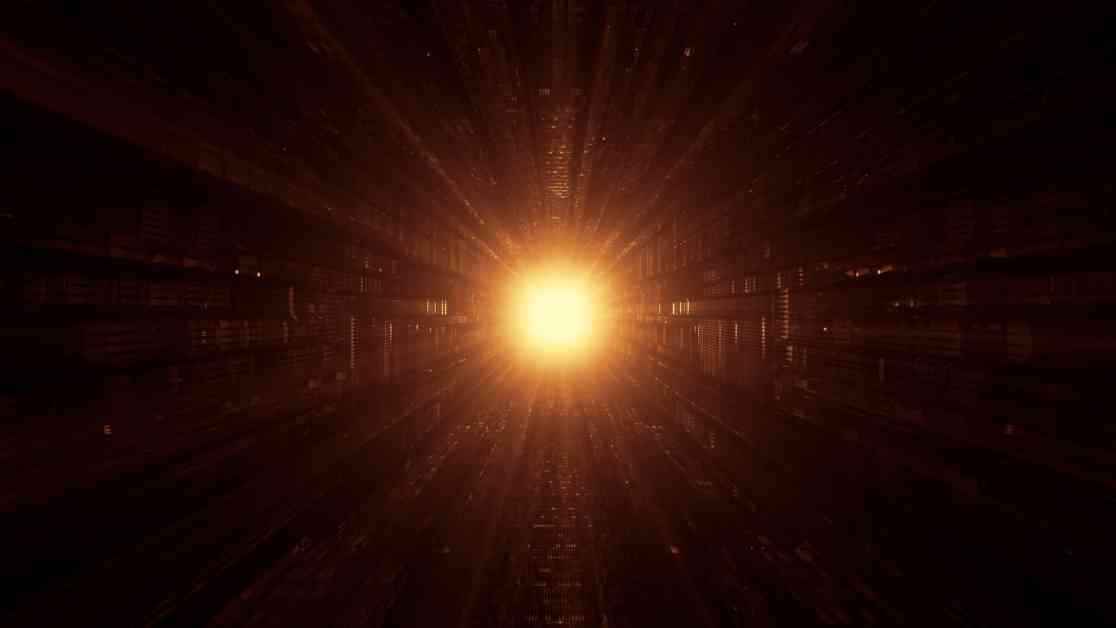Attention all space enthusiasts! So NASA and other space weather experts are all buzzing about the solar activity this month. Apparently, there’s a new sunspot region on the Sun that decided to show off by releasing one of the most powerful flares we’ve seen so far this year. I mean, talk about making an entrance, right?
The recent X2.7-class solar flare, which is like the superhero version of flares, was spotted early Wednesday. And get this—it came right after another X-class eruption just the day before. Talk about not wanting to be outdone! These flares are causing shortwave radio blackouts across North America, Southeast Asia, South America, Africa, and parts of the Middle East. So if you’re trying to catch your favorite radio station, you might be out of luck for a bit.
What’s the deal with these solar flares, you ask? Well, apparently they’re sudden bursts of energy from the Sun’s surface, usually hanging out near sunspots where the magnetic fields are flexing their muscles. Scientists have a fancy way of classifying these flares—from A to X, with each letter representing a tenfold increase in intensity. And this week’s X2.7 flare is not just any flare; it’s the big kahuna. It’s like the LeBron James of solar flares, you know?
Now, the burning question on everyone’s mind: could these flares be the reason behind blackouts? Well, yes and no. Solar flares themselves don’t directly take out power grids. But when they bring along their friends, the coronal mass ejections (CMEs)—which are basically huge clouds of charged particles—they can mess with Earth’s magnetic field in a way that disrupts power systems. It’s like inviting your rowdy friends to a party and things getting out of hand.
But hey, it’s not all doom and gloom. Solar flares can also give us some pretty spectacular light shows known as auroras. These babies are caused when solar storms do their thing with Earth’s magnetic field, resulting in those mesmerizing green and pink glows we see during the Northern and Southern Lights. And guess what? With the Sun showing off more active sunspot regions, we can expect even more auroral displays in the coming weeks. Mother Nature’s way of saying, “You’re welcome.”
So, what’s the big picture here? Well, this uptick in solar activity is all part of a cycle. Scientists believe the Sun is entering its ‘solar maximum’ phase, where solar storms and flares become more frequent and intense. It’s like the Sun’s version of hitting the gym and getting those gains. And while the recent X2.7 flare is the most powerful one we’ve seen so far this year, it’s not the grand prize winner. That title goes to the X9.0 eruption that happened last year in October. Talk about a solar superstar!
As the space weather experts keep an eye on multiple sunspot regions and more flares on the horizon, NASA and NOAA are on the case. They’re using spacecraft like the Solar Dynamics Observatory to capture all the action. So, while most of us might not feel the immediate effects of these solar flares, it’s still a reminder of how dynamic our Sun can be. And who knows, you might just catch a glimpse of nature’s light show in the night sky. So keep those eyes peeled, folks!













